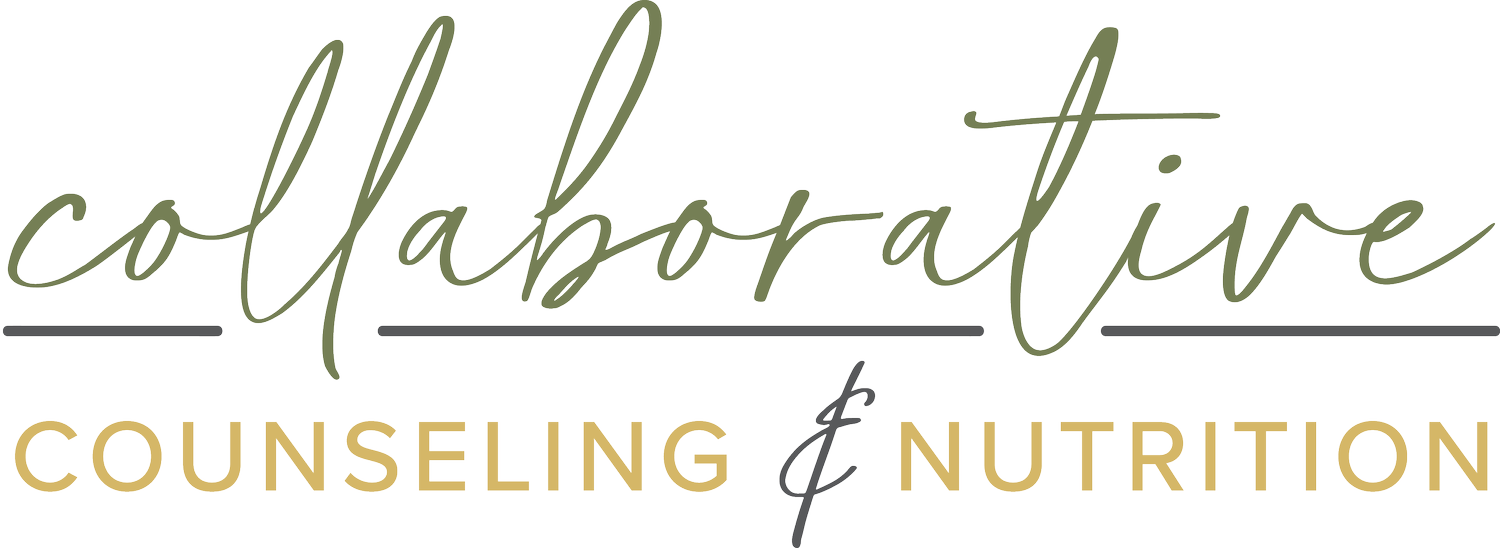What is Interoceptive Awareness?
Why is Interoceptive Awareness important and what is it?! Today, Rachel is refreshing an old post on this very topic and sharing some new tips and resources. Take it away, Rachel!
What is interoceptive awareness?
Interoceptive awareness is the process of receiving, accessing, and evaluating internal bodily signals (1). This includes signals related to mood changes, hunger, thirst, temperature, and aches or pains.
It integrates motivations, emotions, internal organ sensations, and associated thought patterns and reactions. This is complicated stuff that our body is always doing, but you may not be aware of it.
The extreme signals can be more obvious to spot. For example, you step outside on a snowy morning and notice, “I am feeling more cold now” so you grab a jacket. However, the subtle signals may require more practice to observe – such as noticing subtle hunger cues after suppressing them due to disordered eating.
Without interoceptive awareness, you may have difficulty:
Recognizing or communicating how you are feeling
Interpreting hunger and fullness cues
Recognizing when you’ve reached a “breaking” point
With interoceptive awareness, you have the ability to:
Trust yourself and your needs more
Enhance your mind-body connection
Set boundaries because you better understand what you need
Think of interoceptive awareness as your superpower– it helps you understand what you need to not only survive but thrive.
What about interoceptive awareness and hunger/fullness cues?
Interoceptive awareness is one of the main components in research to support the effectiveness of intuitive eating. Intuitive eating is often described as, eating when you’re hungry and stopping when you’re full. This can be a quick and easy way of describing this process to people who are curious, but truly intuitive eating involves interoceptive awareness.
For example:
To apply interoceptive awareness to hunger signals, one person may feel hunger coming on and eat something because they know they won’t be able to eat again for a few hours.
Another person may feel an early hunger signal, combine their emotions (guilt), motivations (to change their body size), and hunger signals associated thought patterns (their mother always said to wait until the meal to eat so they don’t spoil their dinner) and choose not to eat.
This is how interoceptive awareness becomes complicated in regard to your relationship with food.
Subtle hunger cues come before hunger becomes painful, unpleasant, or intense. If you are not feeling these signals ahead, this is worth discussing with your dietitian to determine the cause. With interoceptive awareness, you can determine the early stages of hunger for you. This could be a sign like a stomach growl, but unfortunately, hunger cues aren’t always that obvious for most people.
Other early signs of hunger could be:
Feeling distracted or anxious
Thinking about food
Feeling thirsty
Yawning
Low energy
Fatigue
Irritability or “hangry” feeling
An empty feeling in your stomach
So now you have this information and can look at (with trial and error, based on your experiences on your intuitive eating journey) how much time you typically have until that hunger starts becoming stronger and can determine “If I eat now, I can prevent my hunger from dropping to painful hunger at a level 1.”
How do I get better with my own interoceptive awareness?
You could start with a short exercise of sitting still, closing your eyes, and perceiving your heartbeat/pulse. Our heart pumps to keep us alive, and yet, we do nothing consciously to keep it going. Our body does that for us! Taking the time to perceive your heartbeat is a way to slow down, feel what your body is doing for you every day, and connect with those internal sensations.
Over time, you can start to connect this physical feeling to other emotions. If you are frustrated, happy, angry, or sad, you could slow down with breathing exercises and connect the emotion to your heartbeat. This is an early stage of pairing your emotions with your physical sensations.
To apply to your relationship with food, you can track your hunger/fullness cues (physical sensations). Some clients may record the time they eat, and how they physically and emotionally feel before and after the meal and tie this to how they feel physically and emotionally in the following hours.
Setting times to eat, rules of what kind of food you can/can’t eat, predetermined quantities to eat, carrying beliefs and thoughts about food that aren’t serving you, etc. all inhibit the mind and body connection of giving your body what it truly needs. But the good news is, you can bring the above challenges to the surface and work through them!
With journaling, following accounts that are more about intuitive eating and mindfulness, reading the book Intuitive Eating by Evelyn Tribole and Elyse Resch, listening to podcasts that discuss topics around intuitive eating and body liberation (Food Psych with Christy Harrison), and meeting with a registered dietitian (specializing in eating disorders and/or intuitive eating).
It is fascinating to see your mind and body become a connected and well-oiled machine, working together to give you what you need!
Moving Forward
If you haven’t already, download our FREE guide to ditching diet culture for even more resources. If you are interested in working with a dietitian or therapist, please don’t hesitate to reach out to the CCN team via our Contact page.
Sources Used:
Stevenson, R. et al. (2015). Individual differences in the interoceptive states of hunger, fullness and thirst. Appetite, 95, 44-57.


